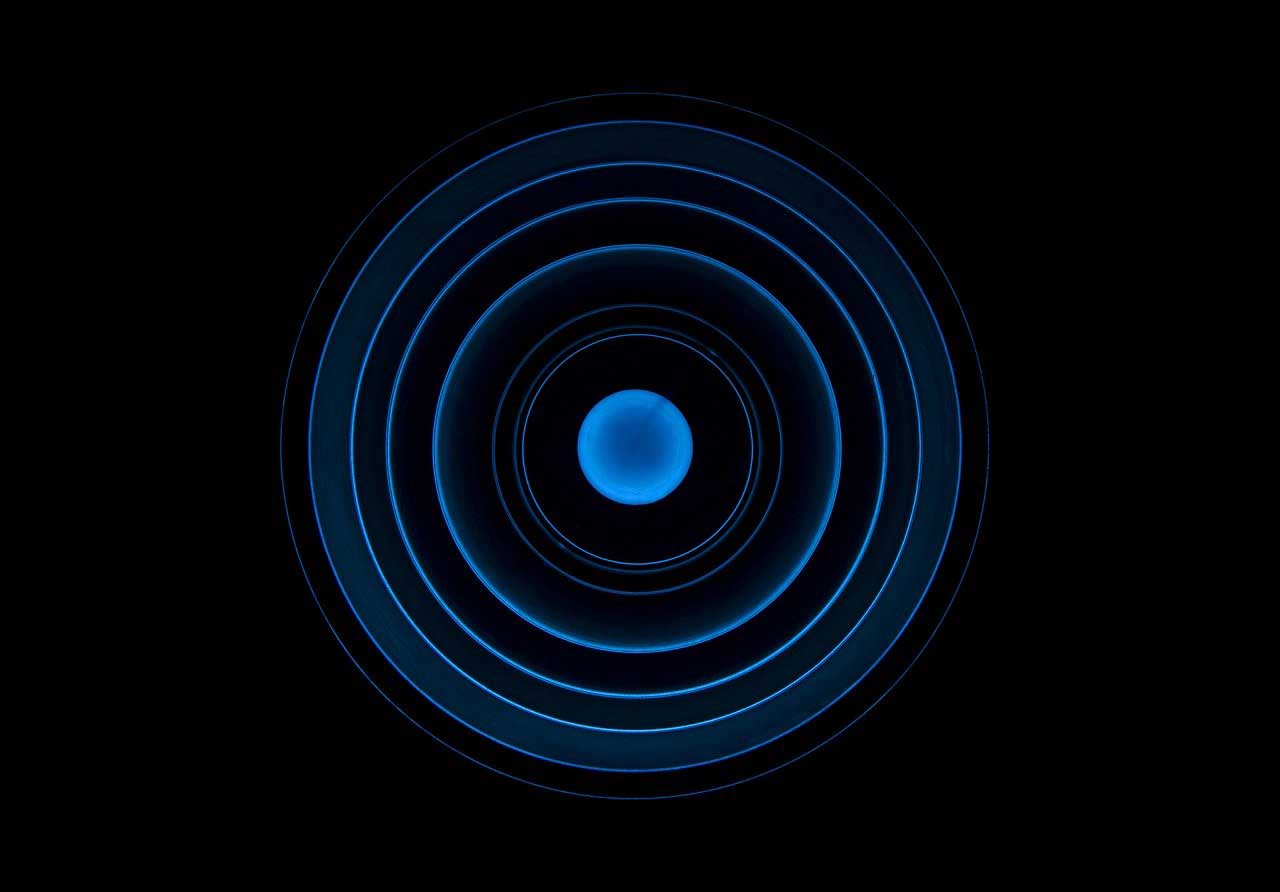
Topological quantum phases are harder to characterize in electronic systems with strong correlations. In a recent study, scientists uncovered a purely electric-field-driven “giant” Hall response and proposes a mechanism whereby it is driven by strong correlations.
Scientists from Rice University, Austria’s Vienna University of Technology (TU Wien), Switzerland’s Paul Scherrer Institute, and Canada’s McMaster University have discovered the Hall effect in a nonmagnetic quantum material to which no magnetic field was applied.
Rice study co-author Qimiao Si, a theoretical physicist who has investigated quantum materials for nearly three decades, said, “It’s topology at work, referring to the patterns of quantum entanglement that give rise to the unorthodox state.“
“Upon seeing this, everybody’s first reaction is that it is not possible.”
Physicists applied a magnetic field at a 90-degree angle to conducting wire. It produces a voltage difference across the wire in the direction perpendicular to both the current and the magnetic field.
They eventually discovered the Hall effect source: The magnetic field deflects the motion of passing electrons, pulling them toward one side of the wire.
The experiment clearly shows a characteristic Hall signal, even though no magnetic field was applied.
Si said, “If you don’t apply a magnetic field, the electron is not supposed to bend. So, how could you ever get a voltage drop along the perpendicular direction? That’s why everyone didn’t believe this at first.”
“In the end, all of us had to accept that this was connected to the topology.”
During an experiment at the Paul Scherrer Institute, scientists detected a tiny magnetic field on a microscopic scale. So the question remained: What caused the effect?
In topological materials, patterns of quantum entanglement produce “protected” states, universal features that cannot be erased. The immutable nature of topological states is of increasing interest for quantum computing. Weyl semimetals, which manifest a quasiparticle known as the Weyl fermion, are topological materials.
In 2018, scientists discovered Weyl-Kondo semimetals that feature both Weyl fermions and the Kondo effect, an interaction between the magnetic moments of electrons attached to atoms inside the metal and the spins of passing conduction electrons.
Si said, “The Kondo effect is the quintessential form of strong correlations in quantum materials. The correlated, collective behavior of billions upon billions of entangled quantum particles. It qualifies the Weyl-Kondo semimetal as one of the rare examples of a topological state that’s driven by strong correlations.”
“Topology is a defining characteristic of the Weyl-Kondo semimetal, and the discovery of this spontaneous giant Hall effect is the first detection of topology that’s associated with this kind of Weyl fermion.”
“Experiments showed that the effect arose at the characteristic temperature associated with the Kondo effect, indicating the two are likely connected.”
“This kind of spontaneous Hall effect was also observed in contemporaneous experiments in some layered semiconductors, but our effect is more than 1,000 times larger. We were able to show that the observed giant effect is, in fact, natural when the topological state develops out of strong correlations.”
“The new observation is likely “a tip of the iceberg” of extreme responses that result from the interplay between strong correlations and topology. The size of the topologically generated Hall effect is also likely to spur investigations into potential uses of the technology for quantum computation.”
“This large magnitude and its robust, bulk nature present intriguing possibilities for exploitation in topological quantum devices.”
Study co-authors include Sarah Grefe and Hsin-Hua Lai, both of Rice; Xinlin Yan, Mathieu Taupin, Gaku Eguchi, Andrey Prokofiev and Peter Blaha of TU Wien; Toni Shiroka of the Paul Scherrer Institute; and Oleg Rubel of McMaster University.
Journal Reference:
- Sami Dzsaber et al. Giant spontaneous Hall effect in a nonmagnetic Weyl–Kondo semimetal. DOI: 10.1073/pnas.2013386118
Continue reading Physicists discovered the Hall effect in a nonmagnetic quantum material on Tech Explorist.
0 comments:
Post a Comment